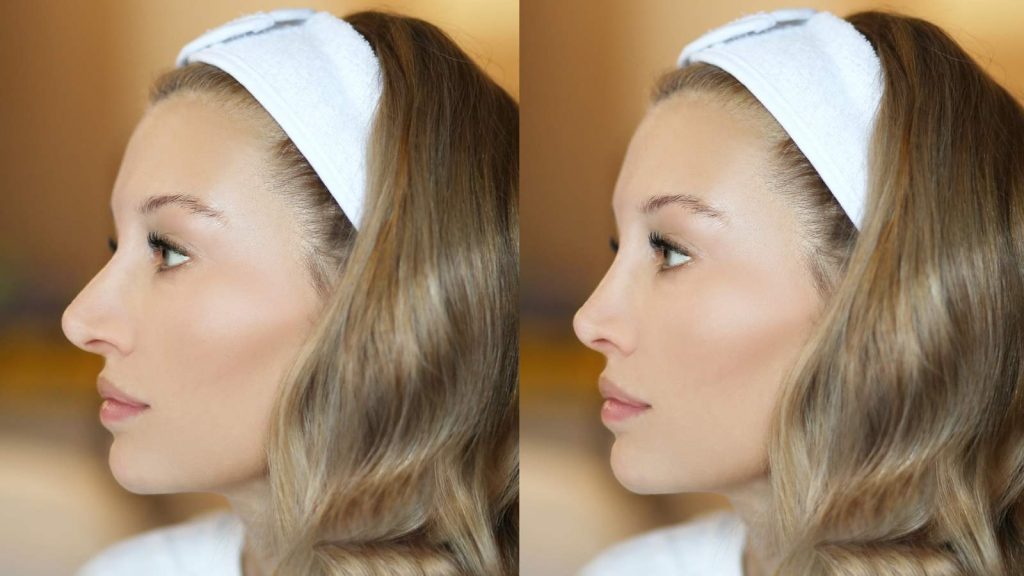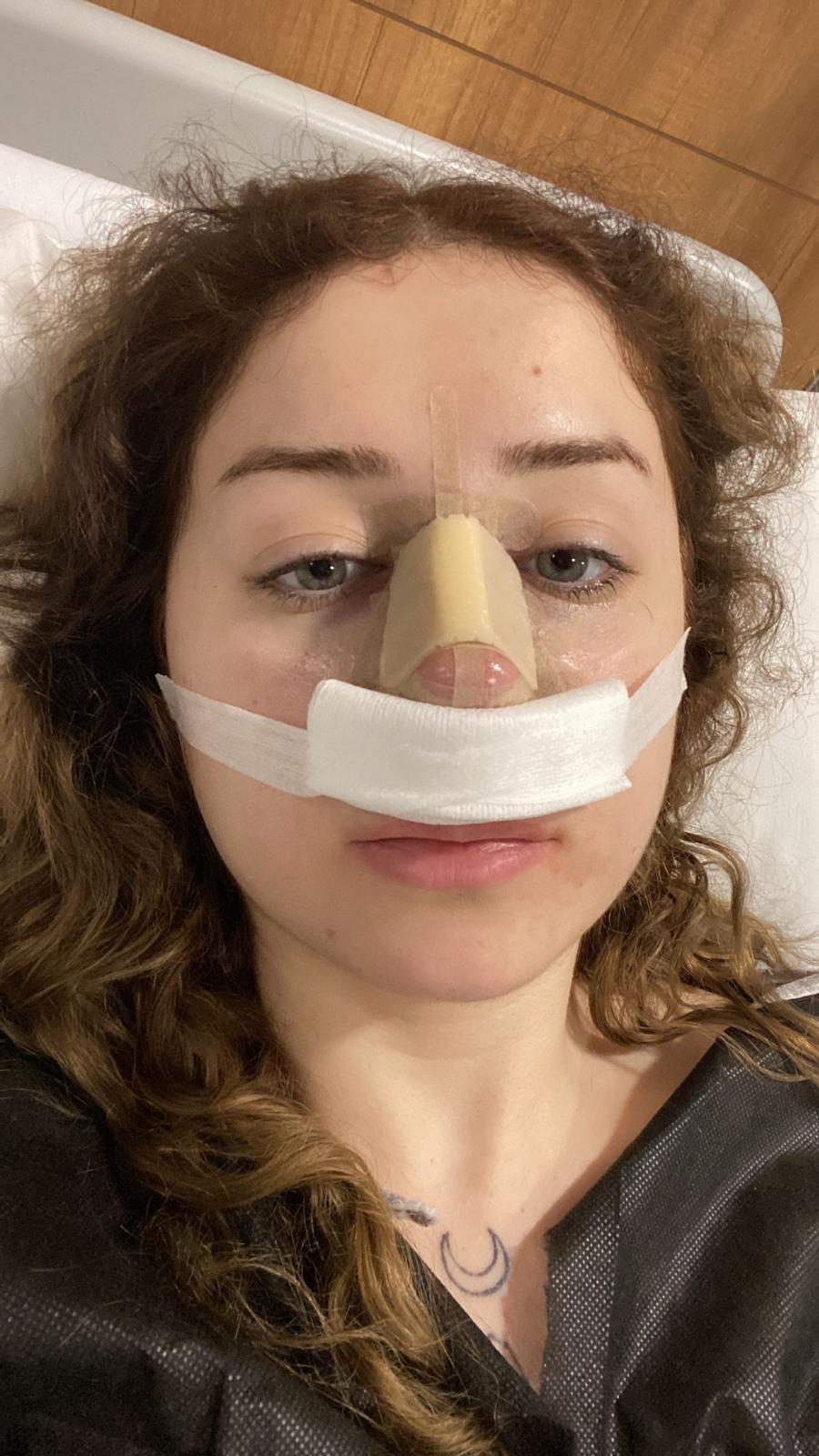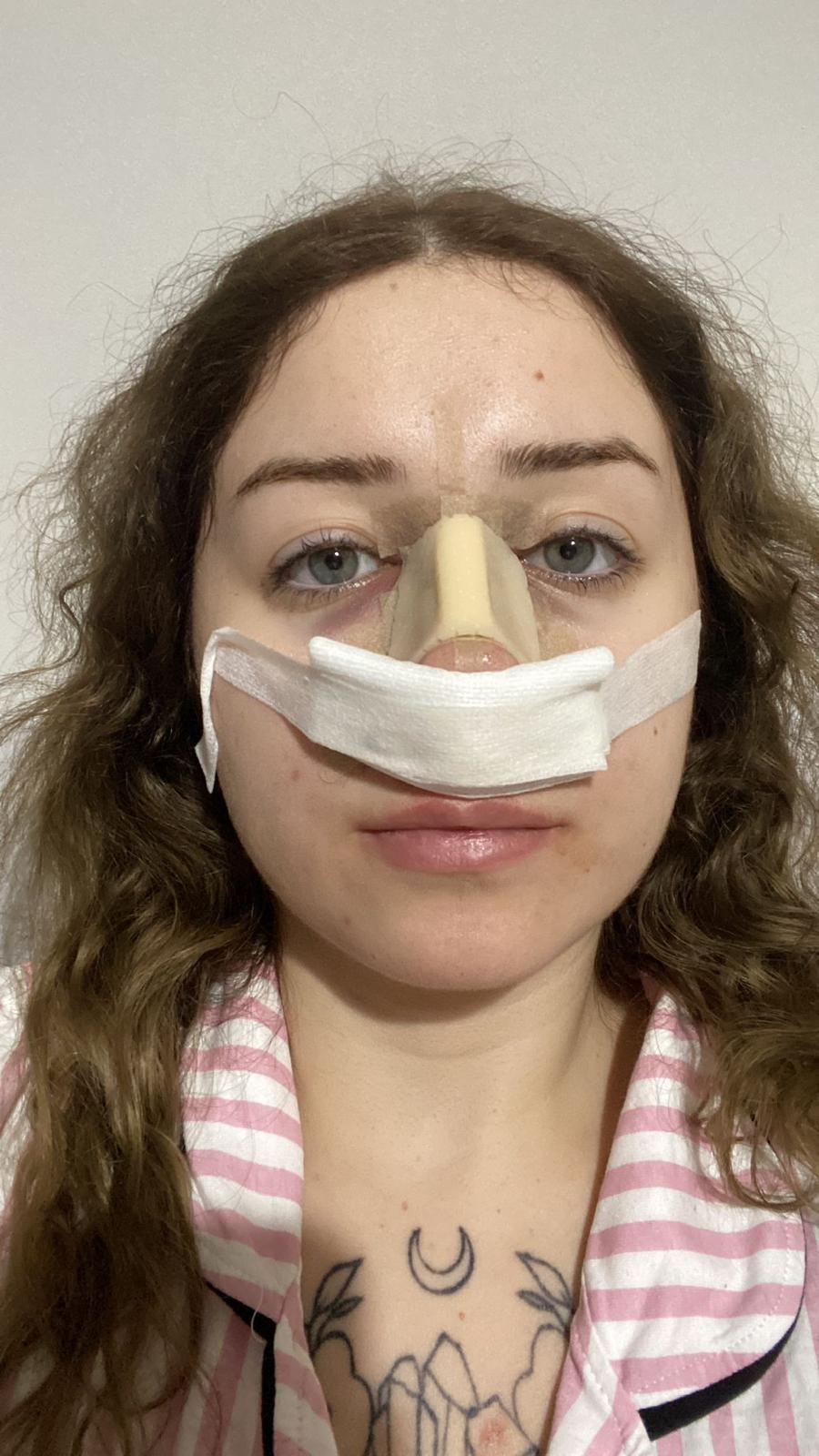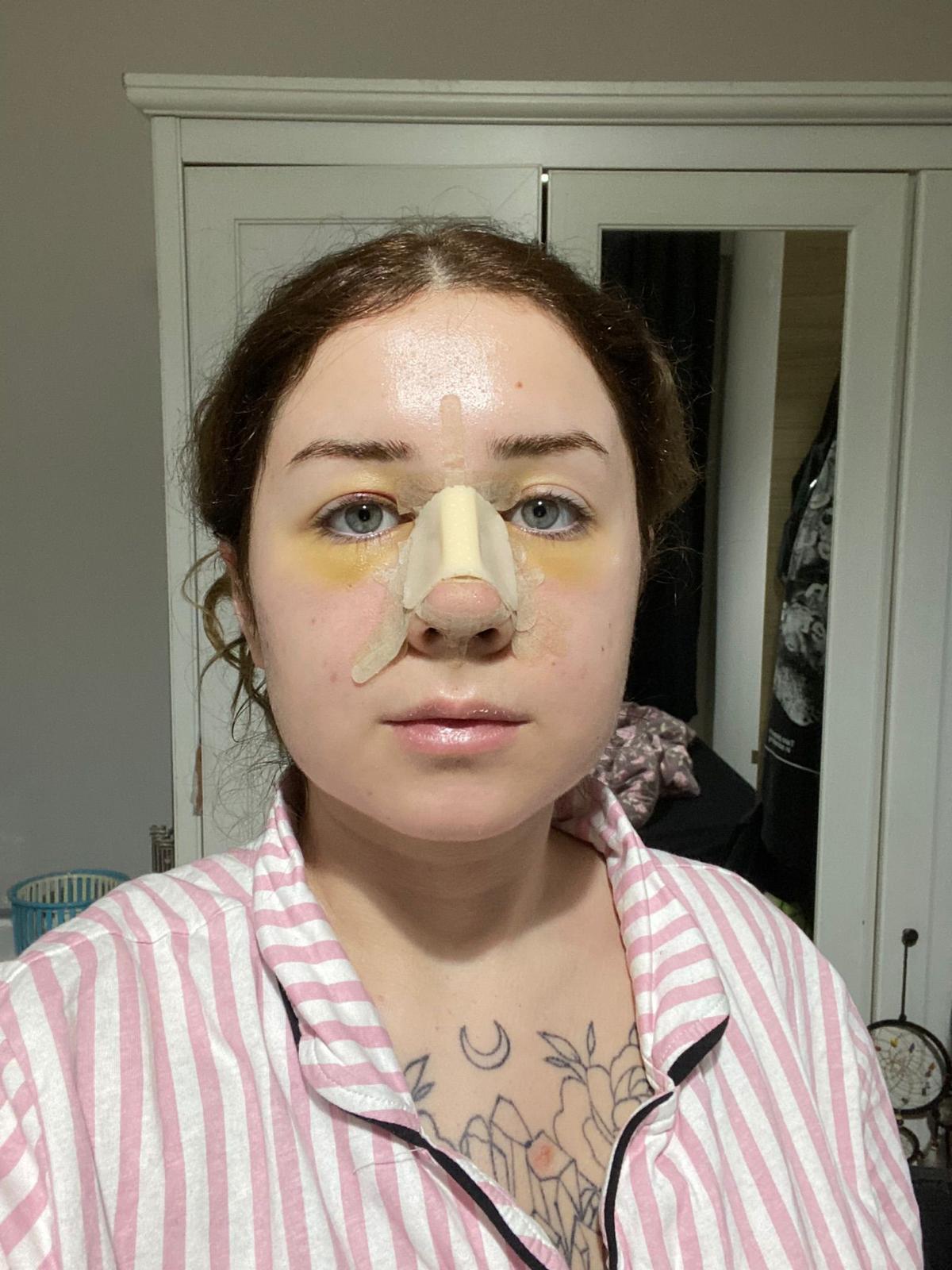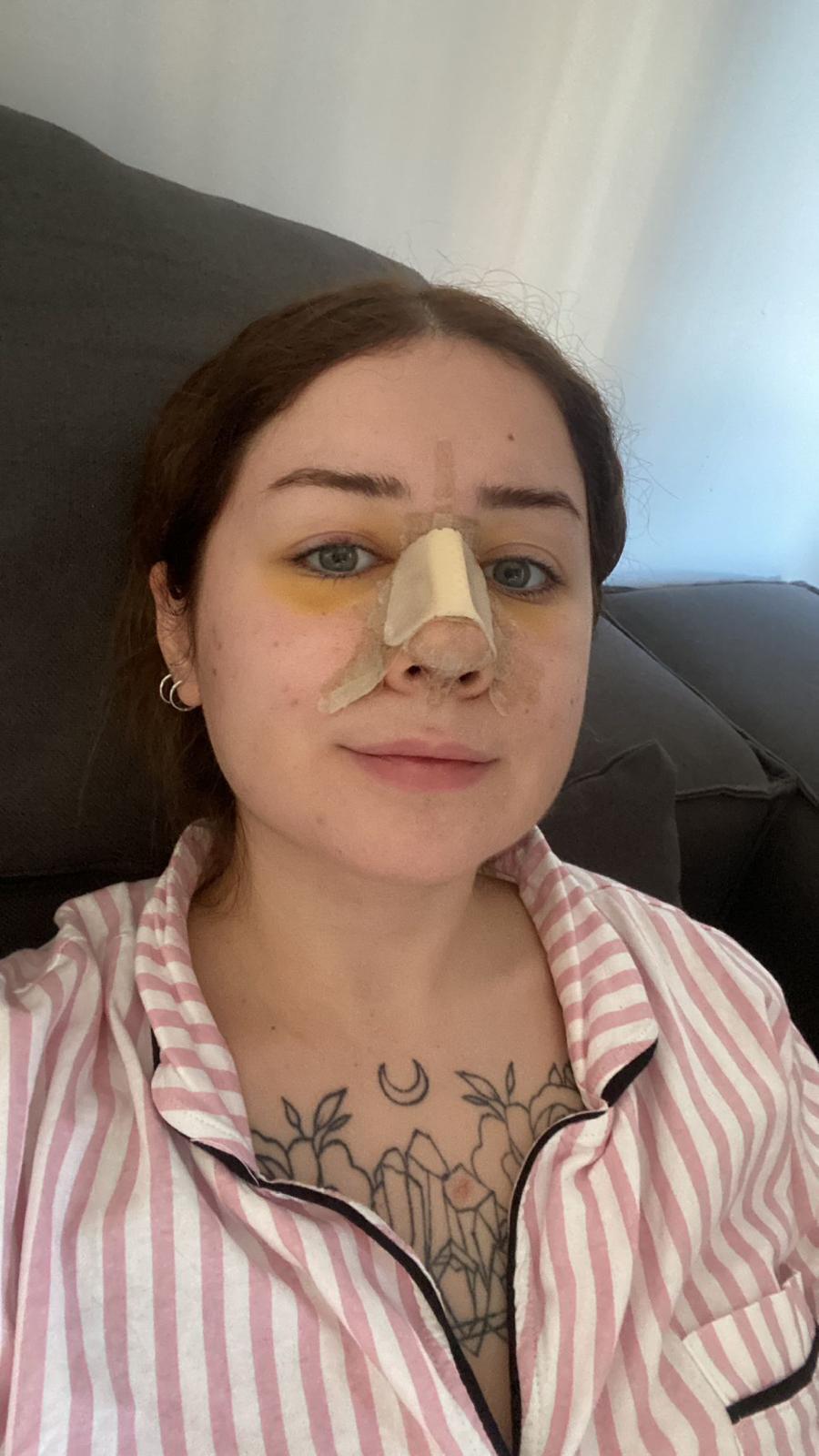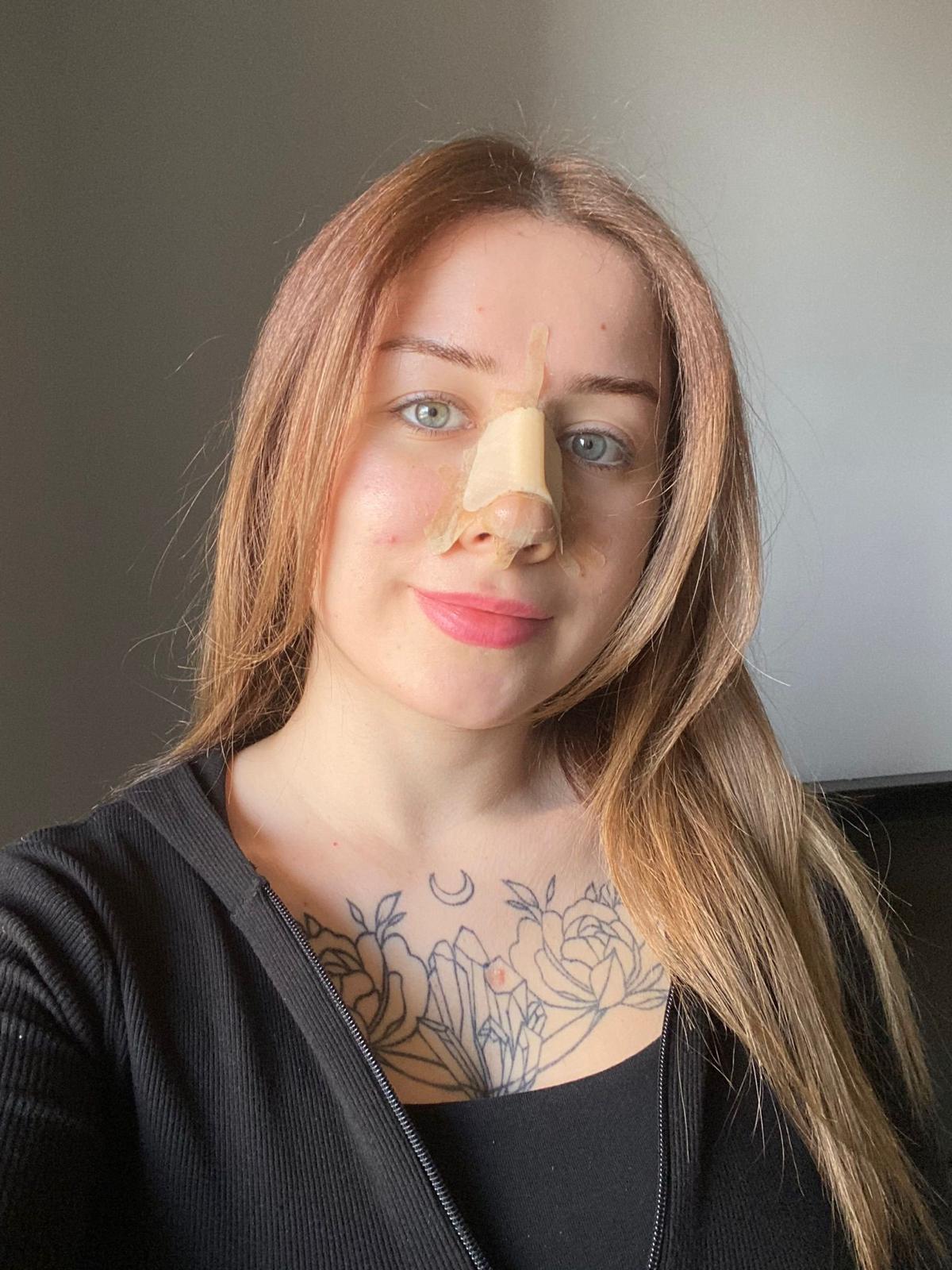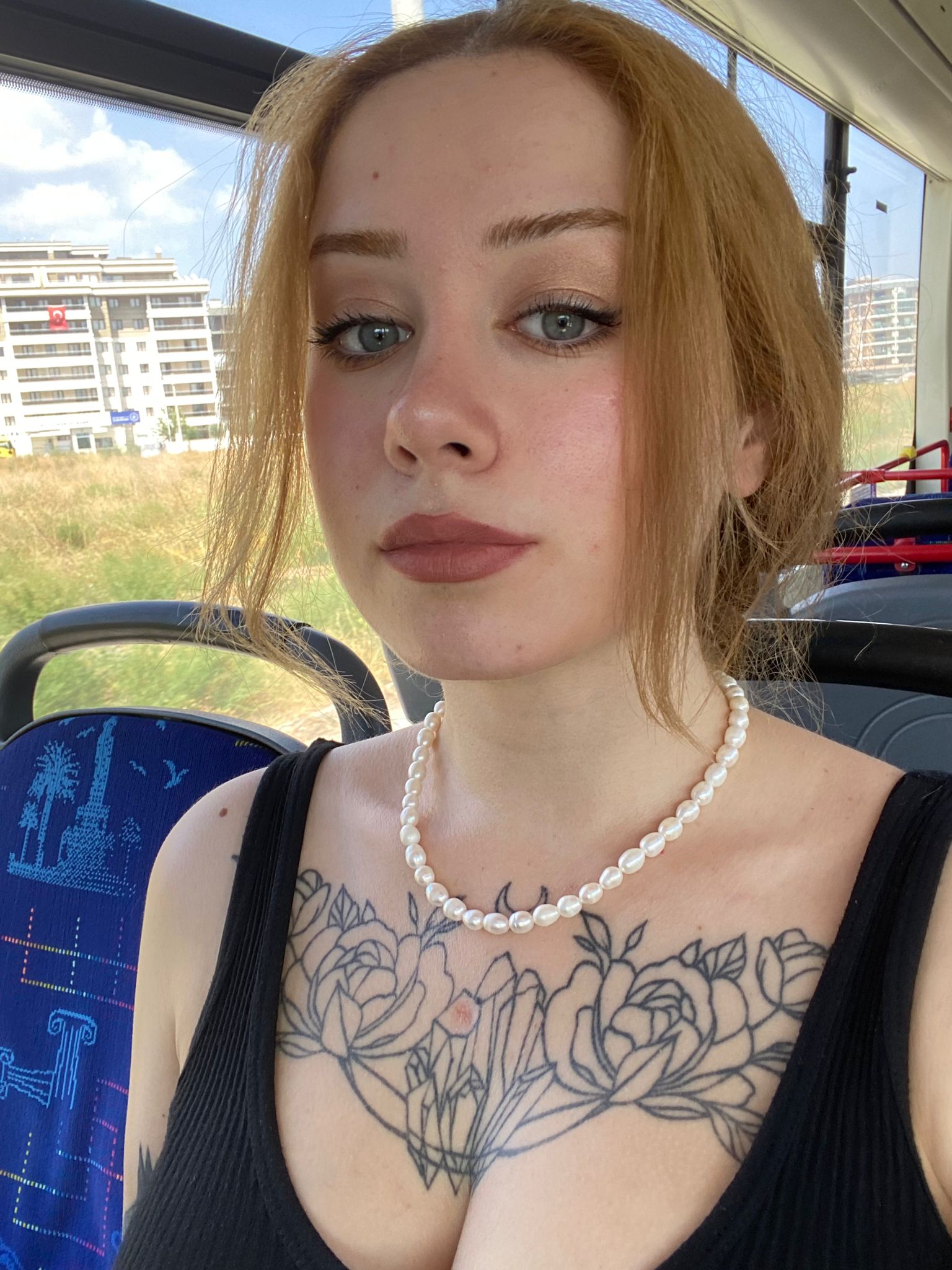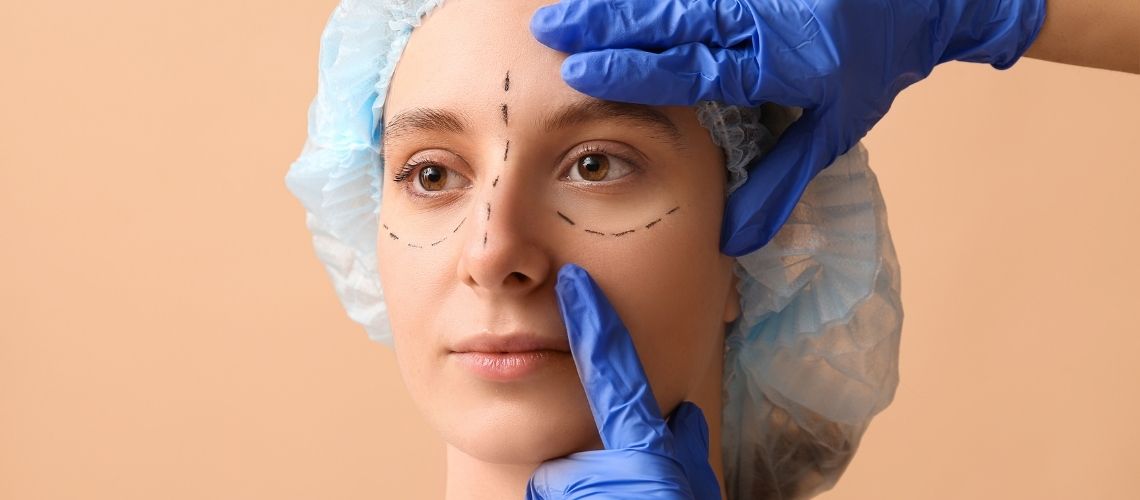Although the recovery process after nose surgery (rhinoplasty) varies for each individual, certain stages are generally followed. Especially between the 1st and 6th months, changes in the shape and texture of the nose become more apparent. The first month after rhinoplasty is a period when the swelling gradually starts to decrease, and the bruises largely subside. The general contours of the nose begin to reveal themselves during this time. However, the nose is still sensitive and requires careful attention.
By the 2nd month, the swelling significantly reduces, and the contours of the nose become clearer. At this stage, the nose appears more settled both from the front and the profile view. By the 3rd month, especially the tip of the nose starts to feel softer, and the aesthetic appearance gradually becomes more natural.
By the 6th month, the nose has almost reached its final shape after rhinoplasty. The tip of the nose settles, and swelling is minimal. During this process, doctor check-ups at stages like the 10th day, 2nd week, and 3rd month after nose surgery are important.
İçindekiler
First Days After Nose Surgery
- nose surgery immediately after
- nose surgery 1st day after
- nose surgery 3rd day after
- nose surgery 5th day after
- nose surgery 8th day after
- nose surgery 10th day after
The first week after rhinoplasty is one of the most critical periods of the recovery process. During this time, there are some challenges patients may face and careful care methods to be applied. In the first days following surgery, mild pain is usually felt; this is a natural result of the surgical intervention. The surgeon usually prescribes medication to provide effective pain management.
Swelling and bruising become especially noticeable within the first 24 hours. These symptoms usually subside within a week, but it may take longer for them to completely disappear. During this period, patients should follow these steps:
- Sleep with the head elevated,
- Avoid physical activities,
- Apply cold compresses.
Cold compresses are particularly effective in reducing swelling and bruising in the first few days. Additionally, it is important to minimize facial expressions to avoid putting pressure on the surgical area. Blowing the nose should be avoided to prevent disruption of healing. Patients should also rest adequately at home and ensure a stress-free environment.
Weeks 2-4 After Nose Surgery
- nose surgery 20th day after
The second and fourth weeks after nose surgery represent important milestones in the recovery process. During this period, patients usually notice visible improvements. In the second week, the splint and bandages are mostly removed. This procedure allows the new shape of the nose to be seen more clearly. However, full recovery takes time, and final results are not yet visible.
Second week:
- Removal of splint and bandages,
- Persistence of mild bruising and swelling,
- Observable signs of healing.
By the third week, there is a noticeable reduction in bruising and swelling. During this period, patients may gradually start returning to normal social activities. By the fourth week, most patients feel comfortable returning to their daily routines. However, to protect the surgical area, it is necessary to avoid strenuous physical activities.
Third and fourth weeks:
- Significant reduction in swelling and bruising,
- Gradual return to social and work life,
- Continuation of avoiding strenuous activities.
Precautions taken throughout the recovery process according to the doctor’s recommendations directly affect the success of the surgery and patient satisfaction. Adhering to the doctor’s advice during this period accelerates recovery and prevents possible complications.
Months 1-3 After Nose Surgery
The first three months after rhinoplasty are one of the most critical periods of the recovery process. During this time, the patient’s nose gradually takes on a more defined shape, and the signs of healing become visibly apparent. Swelling largely subsides, and the final shape of the nose begins to emerge.
- It is important to avoid direct sunlight as swelling and discoloration risks increase when exposed to sunlight.
- It should be constantly reminded not to apply trauma or excessive pressure to the nose to avoid damaging the healing tissues.
During these months, the tip of the nose may still be particularly sensitive, and mild swelling can persist for up to a year. As precautions are taken and instructions are followed, the rhinoplasty recovery process will progress more successfully and smoothly.
Months 6-12 After Nose Surgery
- nose surgery 7th month after
From the sixth month onward, the recovery process after nose surgery begins to take on a more defined shape. Swelling decreases, and the final shape of the nose becomes more visible. By the seventh month, the new contours appear. Between the eighth and ninth months, finer details of the nose start to emerge. During this time, noticeable changes can be observed in areas such as the tip and bridge of the nose. In the tenth month, mild swelling that may still be visible, especially in patients with thick skin, continues. By the eleventh month, most of this swelling subsides, and the final appearance of the nose becomes clearer.
By the end of the twelfth month:
- Final aesthetic results become apparent.
- An aesthetically satisfying nasal profile harmonizing with the face emerges.
During this period, the importance of postoperative care is emphasized at every stage. By the end of the year, patients usually achieve the results they expect from the surgery. At the end of this process, a gratifying milestone is reached for both the patient and the surgeon.
How Long Does Rhinoplasty Recovery Take?
The recovery time after rhinoplasty varies depending on the type of procedure performed. Less invasive techniques offer shorter recovery times, while more complex interventions require more time. For example, non-surgical rhinoplasty procedures require almost no recovery period. However, surgical interventions, especially those involving structural corrections, require a longer recovery process:
- Correction of crooked noses,
- Procedures to narrow wide noses.
These types of procedures necessitate a long recovery process due to significant adjustments made to the nasal bone, cartilage, and skin. Patients must strictly adhere to the recommended care routines to shorten the recovery time and facilitate the process. During recovery, in the case of any abnormalities in the surgical area, a healthcare professional should be consulted immediately. This helps achieve both aesthetically and functionally successful results.
How Do Patient Health, Age, and Lifestyle Affect Recovery?
The recovery process after rhinoplasty varies depending on many factors. In particular, the patient’s age and existing health conditions have a significant impact on the speed of recovery. In older individuals and those with chronic illnesses, recovery time may be longer. In addition, lifestyle choices are among the important factors affecting the recovery process:
Regular consumption of caffeine, alcohol, and tobacco products:
- Caffeine may slow tissue repair by affecting metabolism.
- Alcohol may delay healing by disrupting the body’s fluid balance.
- Tobacco use may impair wound healing by reducing blood circulation.
Younger patients tend to recover more quickly. This is because younger individuals have more elastic tissues and faster tissue regeneration. Individuals in good health and who maintain a healthy lifestyle also minimize the risk of postoperative complications. These factors contribute to a more comfortable postoperative period and more successful aesthetic results.
What Are the Stages of Nasal Swelling After Rhinoplasty?
The stages of swelling after rhinoplasty require patients to closely monitor the recovery process. Significant swelling is expected in the first few hours after surgery. Within the first week, this swelling peaks and then begins to subside.
- Week 1: Postoperative nasal swelling reaches its highest level. During this period, swelling usually increases on the third or fourth day.
- Week 2: Swelling gradually begins to subside. By the end of the first week, patients may notice a significant improvement in the shape of the nose.
- Weeks 3-4: While the recovery process continues, nasal swelling significantly decreases. By the end of this period, the nose appears more “normal.”
In the following weeks and months, the amount of swelling gradually decreases.
- Weeks 9-12: Swelling almost completely disappears, and the final shape of the nose becomes more clearly visible.
Each patient experiences a different recovery process, which may vary depending on the rhinoplasty technique used and the patient’s unique healing capacity. Patients must strictly follow the doctor’s recommendations during this process. Recommended care procedures and check-ups can positively affect the recovery process. During these times, patients should carefully implement measures to help reduce swelling. Understanding the stages of swelling after rhinoplasty allows patients to manage the process more effectively.
Frequently Asked Questions
What is discussed and considered during the first consultation with the doctor before nose surgery?
The first consultation with the doctor before nose surgery is a critical step to clarify your expectations and what the surgeon can achieve. During this consultation, you will be asked to provide detailed information about your general health condition, medications you are using, allergies, and any previous surgeries. Your doctor will examine the internal and external structure of your nose, evaluate its harmony with other features of your face, and may take photographs. It is important to clearly express your expectations from the surgery and the type of nose you want. The surgeon will share with you the possible surgical techniques, risks, recovery process, and whether the surgery is suitable for you.
What are the main differences between open and closed rhinoplasty techniques, and in which cases are they preferred?
Open and closed rhinoplasty are two primary surgical approaches used in nose surgery. The main difference is where the incisions are made. In closed rhinoplasty, all incisions are made inside the nostrils, leaving no visible scar from the outside. In open rhinoplasty, however, a small incision is made in the columella, the area separating the nostrils; this provides the surgeon with a broader view and working space. The open technique is usually preferred in more complex nasal deformities, revision surgeries, or when significant intervention is required to the nasal tip, while the closed technique is suitable for simpler corrections and generally offers less swelling and faster recovery.
What are the possible risks and complications (side effects) of nose surgery?
Like any surgical procedure, nose surgery also has some risks and potential complications. These include anesthesia-related reactions, infection, bleeding (nosebleeds or hematomas), delayed wound healing, or prominent scarring. From an aesthetic perspective, undesirable results such as asymmetry, deformities, drooping or overly upturned nasal tip may occur. Functionally, temporary or permanent changes in smell, nasal congestion, numbness, or pain in the skin may be observed after surgery. In rare cases, revision (corrective) surgery may be required.
What factors affect the cost of nose surgery, and does insurance cover such surgeries?
The cost of nose surgery varies depending on many factors. The surgeon’s experience and expertise, the standards of the hospital or clinic where the surgery is performed, the type of anesthesia used, the complexity of the surgery (for example, whether it is the first surgery or a revision), the degree of problems in the nasal structure, and whether additional procedures are required all affect the price. Generally, rhinoplasty performed for cosmetic purposes is not covered by health insurance. However, if a functional correction (such as septoplasty) to resolve breathing problems like nasal obstruction is also performed, this part of the surgery may be covered by insurance.
What is revision rhinoplasty, and in which cases is it necessary?
Revision rhinoplasty is a corrective surgery performed on patients who have undergone one or more previous nose surgeries but are not satisfied with the results or have developed new problems. Revision rhinoplasty may be required if the first surgery does not meet aesthetic expectations (for example, asymmetry in the nose shape, drooping nasal tip, irregularities on the nasal bridge) or if functional problems (such as difficulty breathing) persist or emerge. These types of surgeries are generally more complex than the initial operation because tissue healing has been completed, anatomical structures have changed, and cartilage grafts may be needed. Therefore, choosing an experienced surgeon is of great importance.

Prof. Dr. Murat Songu – Burun Estetiği (Rinoplasti) Uzmanı
Prof. Dr. Murat Songu, 1976 yılında İzmir’de doğmuş, tıp eğitimini Ege Üniversitesi Tıp Fakültesi’nde tamamladıktan sonra Celal Bayar Üniversitesi Kulak Burun Boğaz Anabilim Dalı’nda uzmanlık eğitimini tamamlamıştır. 2005–2006 yıllarında Fransa’nın Bordeaux kentinde Prof. Vincent Darrouzet ve Dr. Guy Lacher gibi rinoloji alanının önde gelen cerrahlarıyla çalışarak rinoplasti, fonksiyonel burun cerrahisi ve kafa tabanı cerrahisi üzerine ileri eğitim almıştır.
Burun estetiğinde doğal görünüm, nefes fonksiyonunun korunması ve yüz estetiği dengesini ön planda tutan Prof. Dr. Songu, açık teknik rinoplasti, piezo (ultrasonik) rinoplasti, revizyon rinoplasti, burun ucu estetiği ve fonksiyonel septorinoplasti operasyonlarında ulusal ve uluslararası düzeyde tanınan bir cerrahtır. Yurt içi ve yurt dışında çok sayıda rinoplasti kongresinde eğitici ve konuşmacı olarak yer almış; yüz estetiği ve burun cerrahisinde modern tekniklerin yaygınlaşmasına öncülük etmiştir.
100’den fazla bilimsel yayını, kitap bölümü yazarlıkları ve 1700’ü aşkın uluslararası atfıyla rinoplasti alanında Türkiye’nin en saygın akademisyenlerinden biri olan Prof. Dr. Murat Songu, doğal, yüzle uyumlu ve fonksiyonel sonuçlar hedefleyen cerrahi yaklaşımıyla hem bilimsel hem estetik başarıları bir araya getirmektedir.

